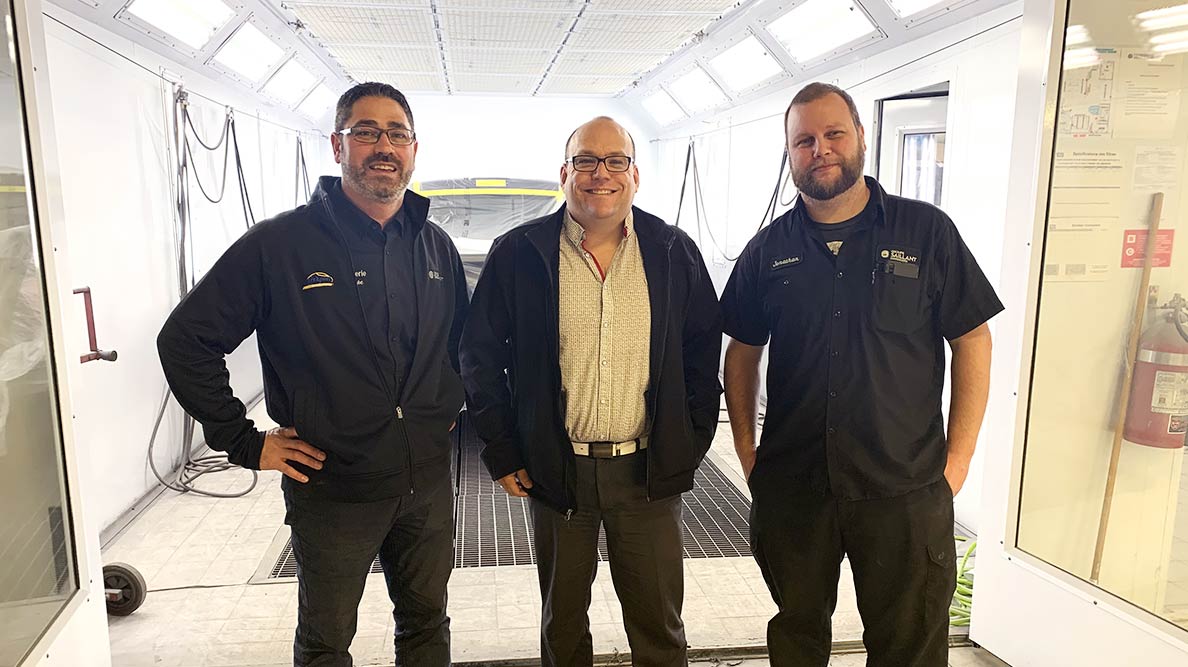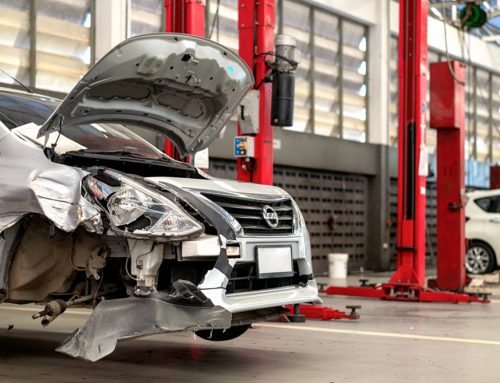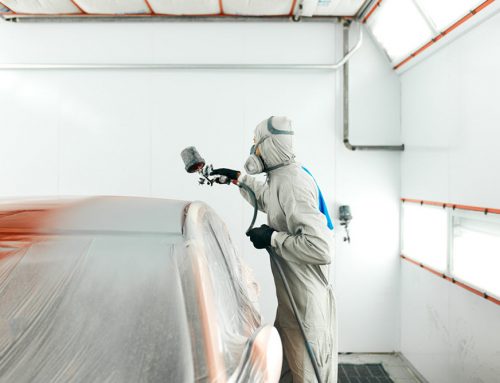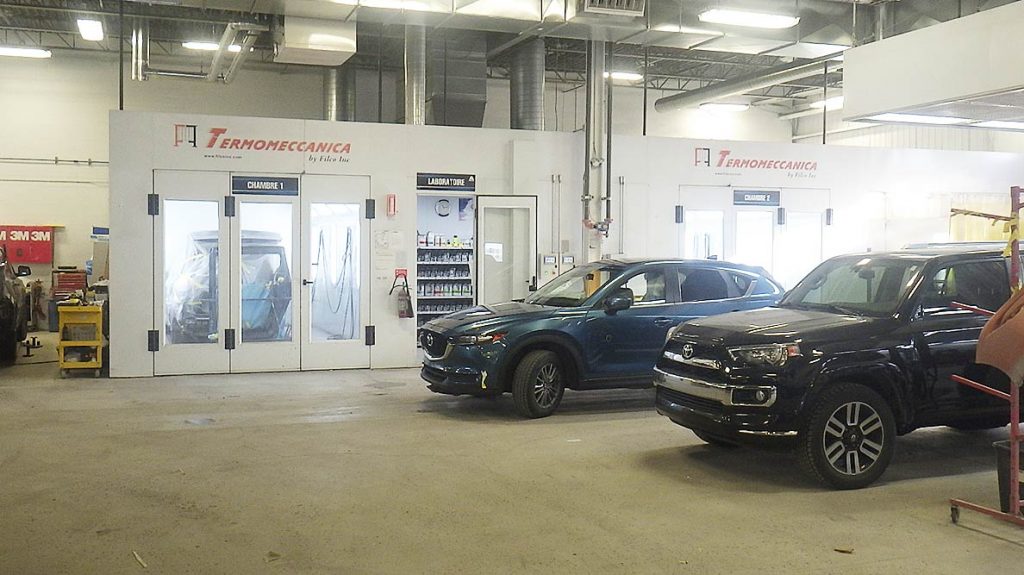 In the fall of 2019, Groupe Saillant started using ProgiPlanning, a capacity planning solution for collision shops. In addition to the CSR, the main users of the solution are Philippe Denoncourt, shop manager, and Jonathan Baribeau, production coordinator.
In the fall of 2019, Groupe Saillant started using ProgiPlanning, a capacity planning solution for collision shops. In addition to the CSR, the main users of the solution are Philippe Denoncourt, shop manager, and Jonathan Baribeau, production coordinator.
At first, they found the assessment of their workload potential made by Charles Aubry, their Progi representative, optimistic and then, week after week, they realized that they could achieve it even if this objective seemed a little crazy.
Philippe Denoncourt talks about the direct benefits of ProgiPlanning for Groupe Saillant:
“By better planning our capacity and delivering vehicles every day, we have reduced our cycle time for repairs. We produce more sold estimate hours and, in the end, we can serve more clients. This tool is an excellent guide for the shop, it allows us to see far and make the best possible repair appointments. We are able to beat our production forecasts. We have even reduced our courtesy vehicle costs by 15%. It’s really a wonderful tool.”
Jonathan Baribeau adds:
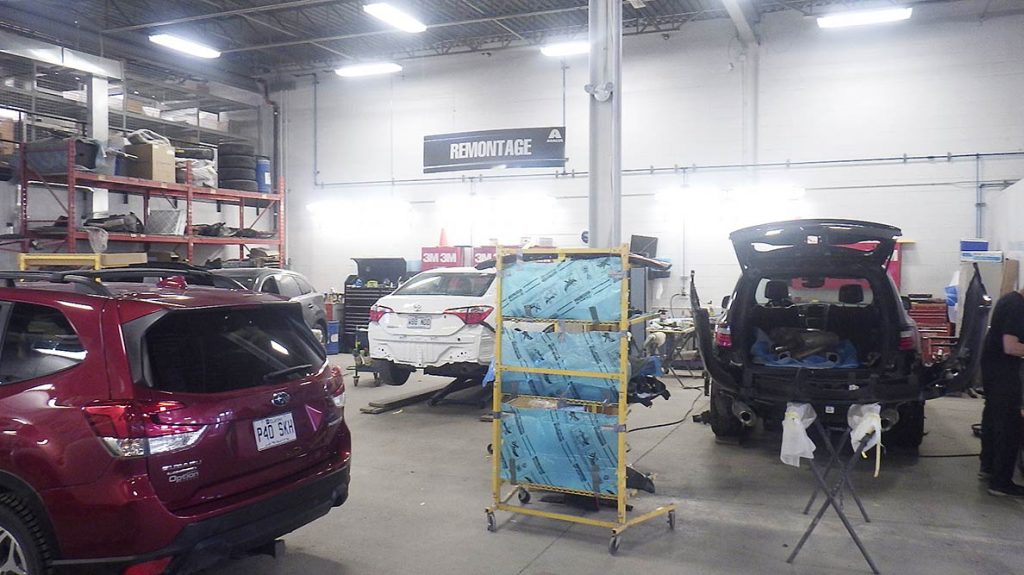 “Using ProgiPlanning has brought the team closer together. Yes, we’ve invested some time to adapt and reach our goals, and since we always want to do better, we continue to invest time to improve further. This investment has multiplied the positive impacts on our productivity. Additionally, in my daily tasks as shop coordinator, I need to do very little supervision since we have found the right production rate. It’s what we needed to go further.”
“Using ProgiPlanning has brought the team closer together. Yes, we’ve invested some time to adapt and reach our goals, and since we always want to do better, we continue to invest time to improve further. This investment has multiplied the positive impacts on our productivity. Additionally, in my daily tasks as shop coordinator, I need to do very little supervision since we have found the right production rate. It’s what we needed to go further.”
One of the first objectives they pursued when adopting ProgiPlanning, was to receive and deliver vehicles every day rather than use the traditional strategy of receiving vehicles at the beginning of the week and deliver them as they go along. This quickly paid off.
The future is bright for Groupe Saillant, they already have several ideas for continuous improvement that they would like to try with ProgiPlanning to perform even better.
Groupe Saillant Topo.
Located in the Quebec City area, Groupe Saillant manages 16 technicians, soon 19, including 2 painters (1 senior and 1 junior) for two paint rooms. As they grow, they will create new shifts which they will overlap with existing ones to optimize the use of their infrastructure.
Editorial: Alexandre Rocheleau with participation from Philippe Denoncourt, Jonathan Baribeau and Charles Aubry.
Revision: Sophie Larocque
